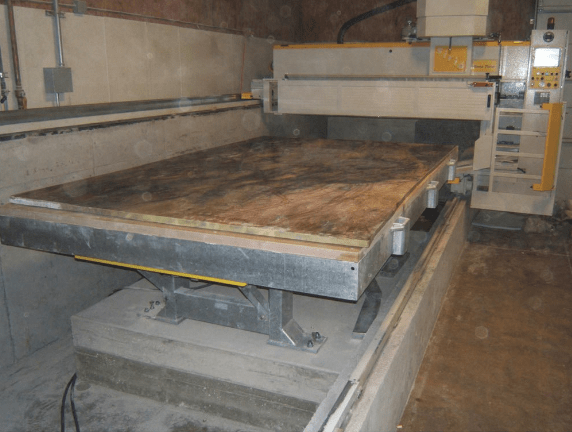
Stone countertops are a popular choice for many homeowners and interior designers. The natural beauty and durability of stone make it a great option for kitchens, bathrooms, and other areas in the home. However, stone countertop fabrication involves several steps. Let’s take a closer look at the process, from selecting the stone to installation.
Step 1: Selecting the Stone
The first step in the stone countertop fabrication process is selecting the stone. There are many different types of stone to choose from, including granite, marble, quartz, and more. It’s important to consider factors such as durability, maintenance, and overall appearance. It’s also important to consider the cost of the stone, as some types of stone can be more expensive than others.
Step 2: Taking Measurements
Once the stone has been selected, the next step is to take measurements of the area where the countertop will be installed. This is typically done by a professional installer or fabricator. Accurate measurements are crucial to ensure that the countertop fits properly and looks great. This isn’t a step you want to do yourself, though coming to a fabricator with some preliminary measurements can assist in the project.
Step 3: Templating
After the measurements have been taken, the next step is to create a template for the countertop. This involves creating a pattern that will be used to cut the stone to the correct size and shape. The template is typically made from a thin, flexible material that can be easily manipulated to fit the contours of the countertop area.
Step 4: Cutting the Stone
Once the template has been created, the stone can be cut to the correct size and shape. This is typically done using a combination of saws and routers. It’s important to use the right tools and techniques to ensure that the stone is cut accurately and without damaging the material.
Step 5: Edge Profiling
After the stone has been cut to size, the edges can be profiled. This involves shaping the edges of the stone to create a finished look. There are many different edge profiles to choose from, including beveled, bullnose, and ogee, among others.
Step 6: Polishing and Finishing
Once the stone has been cut and edged, it can be polished and finished. This involves using a series of abrasive pads to create a smooth, shiny surface on the stone. Here at Slabworks we can customize the surface of natural stone in-house. We can change the polished surface to honed, brushed or antiqued (leathered, river washed or tumbled) to get the look you are dreaming of. We are the only stone fabricator in Montana that has that in-house capability.
Step 7: Installation
The final step in the stone countertop fabrication process is installation. This typically involves carefully placing the countertop into the designated area and securing it in place. Our production is fully digital, guaranteeing precise details and a perfect fit. In addition, we are the only MIA Accredited stone fabricator in SW Montana, which means a third party has determined that our customer service is top-notch, our financial house is in order, and our craftsmen are proven to be skilled and knowledgeable.
The process of stone countertop fabrication can be complex, but the end result is worth the effort. If you’re considering a stone countertop for your home, it’s important to work with a professional installer or fabricator who has experience in the stone countertop fabrication process. They can help guide you through the process, from selecting the right stone to installation. Don’t hesitate to reach out to our expert team to get started on your stone countertop project today!





